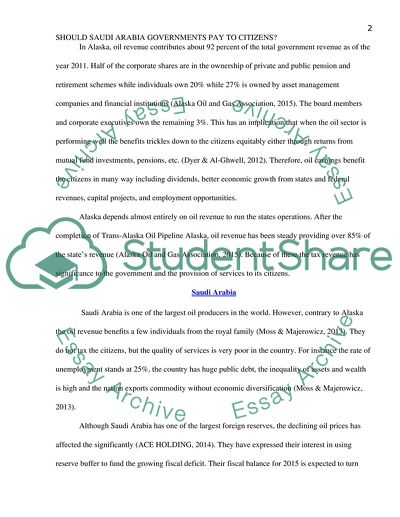Cite this document
(“The Strategy of Alaska in Saudi Arabia Term Paper”, n.d.)
Retrieved de https://studentshare.org/macro-microeconomics/1697476-the-strategy-of-alaska-in-saudi-arabia
Retrieved de https://studentshare.org/macro-microeconomics/1697476-the-strategy-of-alaska-in-saudi-arabia
(The Strategy of Alaska in Saudi Arabia Term Paper)
https://studentshare.org/macro-microeconomics/1697476-the-strategy-of-alaska-in-saudi-arabia.
https://studentshare.org/macro-microeconomics/1697476-the-strategy-of-alaska-in-saudi-arabia.
“The Strategy of Alaska in Saudi Arabia Term Paper”, n.d. https://studentshare.org/macro-microeconomics/1697476-the-strategy-of-alaska-in-saudi-arabia.


